Your cart is currently empty!
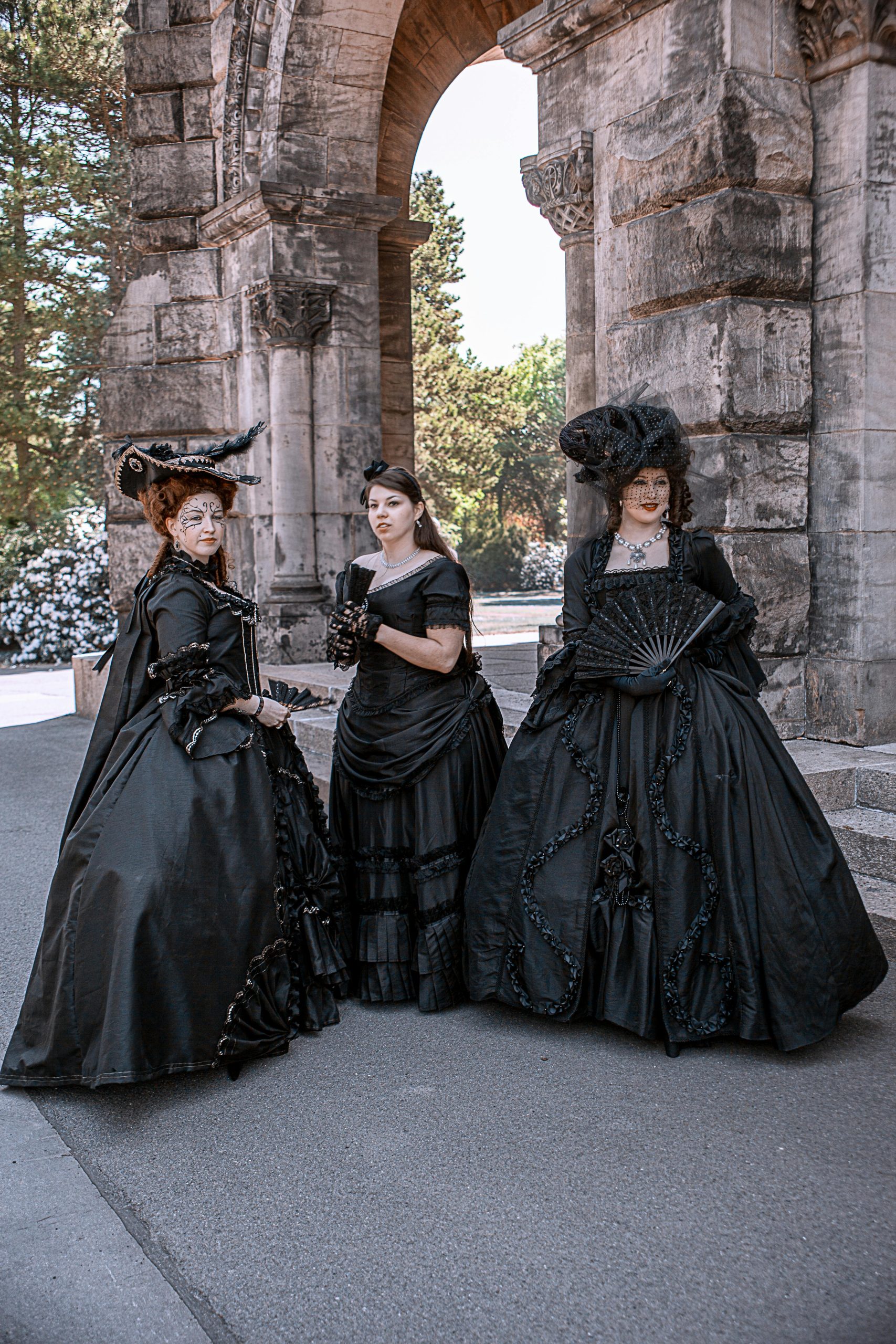
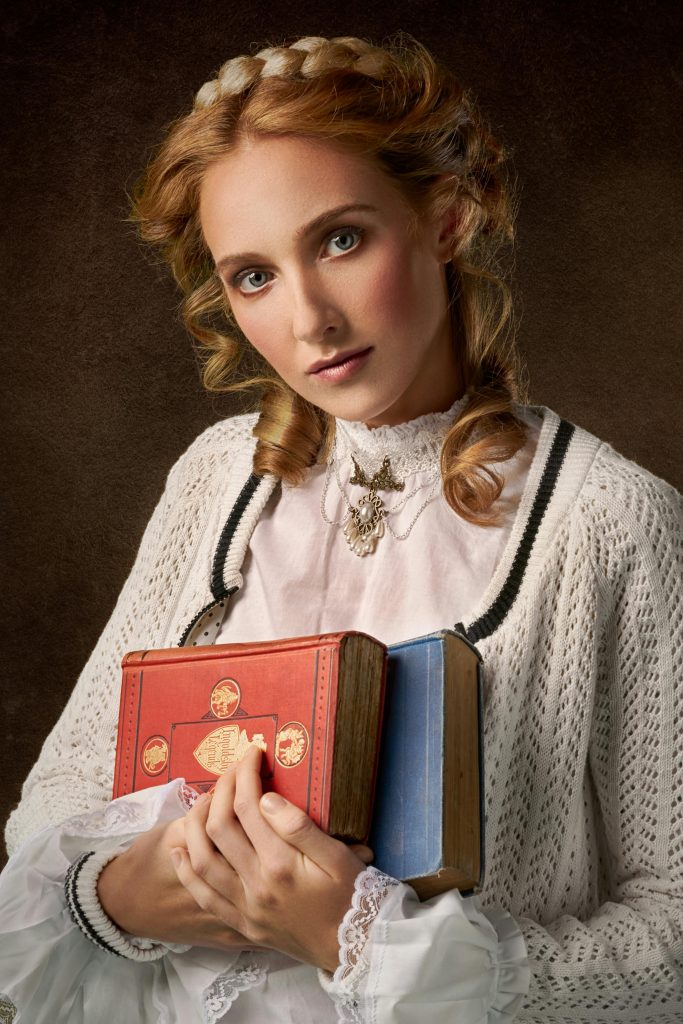
Century of Fashion Women’s Style Evolution, and women’s fashion in the 20th century is a testament to how quickly and radically styles can change. From the extravagance of the early 1900s to the minimalist trends of the late 20th century, the century witnessed an astonishing range of styles that were influenced by societal shifts, wars, and revolutions. Here, we delve deep into the fashion milestones that marked each decade of this transformative era.
The 1900s: The Edwardian Era and S-Curve Silhouettes Fashion Women’s
The first decade of the 20th century, often referred to as the Edwardian Era, was characterized by luxury and opulence. Women embraced the S-curve silhouette, accentuating a woman’s bust and hips while forcing the torso into a forward bend.
Key Features
- Corsets were essential to create the exaggerated hourglass figure.
- Gowns featured high necklines and long sleeves, often trimmed with lace.
- Fabrics were rich and heavy, including silk, velvet, and satin.
The emphasis was on formality, and every layer of a woman’s outfit was meticulously crafted.
The 1910s: The Rise of Practicality and Simplicity
The 1910s brought significant societal changes, particularly with the outbreak of World War I. Fashion responded accordingly with more practical and simplistic designs.
Key Changes
- Corsets became less rigid, allowing for more natural movement.
- The hobble skirt, which was narrow at the hem, became popular.
- Muted colors and fabrics like wool replaced the luxurious silks of the previous decade.
Women began to enter the workforce in larger numbers, and their clothing reflected their need for more functional attire.
The 1920s: The Flapper Revolution
The Roaring Twenties ushered in a new era of freedom and fun, reflected in the decade’s fashion. Women’s clothing during this time became more liberated and youthful, aligning with the jazz age and flapper culture.
Notable Styles
- Dropped waistlines and loose-fitting dresses were a break from the structured styles of earlier decades.
- Shorter hemlines, often just below the knee, became a symbol of liberation.
- Beaded embellishments and fringe were common, reflecting the fun and carefree spirit of the time.
Flapper dresses were ideal for dancing, and the style epitomized the boldness and rebellion of the post-war generation.
The 1930s: Glamour Amidst the Great Depression

While the Great Depression caused economic hardships, women’s fashion continued to evolve. Hollywood’s golden age heavily influenced the elegance and glamour of this decade.
Defining Characteristics
- Bias-cut gowns, designed to drape elegantly, became a signature style.
- Softer silhouettes replaced the androgynous looks of the 1920s.
- Emphasis on femininity was achieved through fitted bodices and flowing skirts.
Despite the financial difficulties of the era, women’s fashion remained sophisticated and elegant, thanks to the influence of Hollywood stars.
The 1940s: Wartime Utility and Functionality
The impact of World War II brought about more functional and utilitarian clothing. With fabric rationing in place, women’s fashion adapted to the constraints of the time.
Wartime Fashion Trends
- Tailored suits with padded shoulders and narrow skirts became popular.
- Utility dresses made from affordable fabrics like rayon were common.
- Rosie the Riveter embodied the image of women working in factories, with practical workwear like trousers and overalls.
Even though the war affected fabric availability, women still managed to maintain their style with simple but elegant designs.
The 1950s: The Return to Femininity
After the war, there was a notable return to femininity and glamour, most notably seen in the rise of Christian Dior’s “New Look.”
Key Features of the 1950s
- The “New Look” silhouette emphasized tiny waists with full skirts and padded hips.
- High heels, gloves, and hats were accessories that completed the polished look.
- Evening wear was often extravagant, with luxurious fabrics like tulle and silk.
The post-war era saw a revival of glamour and an emphasis on traditional gender roles, with fashion reflecting the ideal of the perfect housewife.
The 1960s: Mod, Mini Skirts, and Youth Culture
The 1960s was a time of rebellion and cultural revolution. Youth culture drove fashion trends, particularly in London, where the Mod scene took center stage.
Defining Trends
- Mini skirts and shift dresses were the defining looks of the era.
- Bold patterns and bright colors became a symbol of the cultural shift.
- Designers like Mary Quant introduced geometric shapes and simple, clean lines.
This was the decade when fashion became a statement of individuality, with women rejecting traditional norms and embracing the future.
The 1970s: Hippie, Disco, and Boho
The 1970s was a decade of contrasts. The early years were marked by the hippie movement, while the later years were dominated by the rise of disco.
1970s Fashion Highlights
- Bell-bottom jeans, flowing maxi dresses, and peasant blouses were emblematic of the bohemian style.
- The disco era brought sequined jumpsuits, wrap dresses, and platform shoes.
- Fringes, tie-dye, and earthy tones reflected the relaxed, nature-inspired vibe of the hippie movement.
Fashion in the 1970s allowed women to explore different subcultures, reflecting their personalities through their clothing choices.
The 1980s: Power Dressing and Extravagance
The 1980s were all about excess and power dressing. The corporate world became a significant influence, and women in the workforce adopted clothing that showcased authority.
Noteworthy Styles
- Power suits with shoulder pads and structured silhouettes defined the era.
- Bright colors and bold patterns were staples of the decade.
- Denim, leather jackets, and leggings became popular for casual wear.
The era’s fashion was bold and unapologetic, with an emphasis on confidence and success.
The 1990s: Minimalism and Grunge
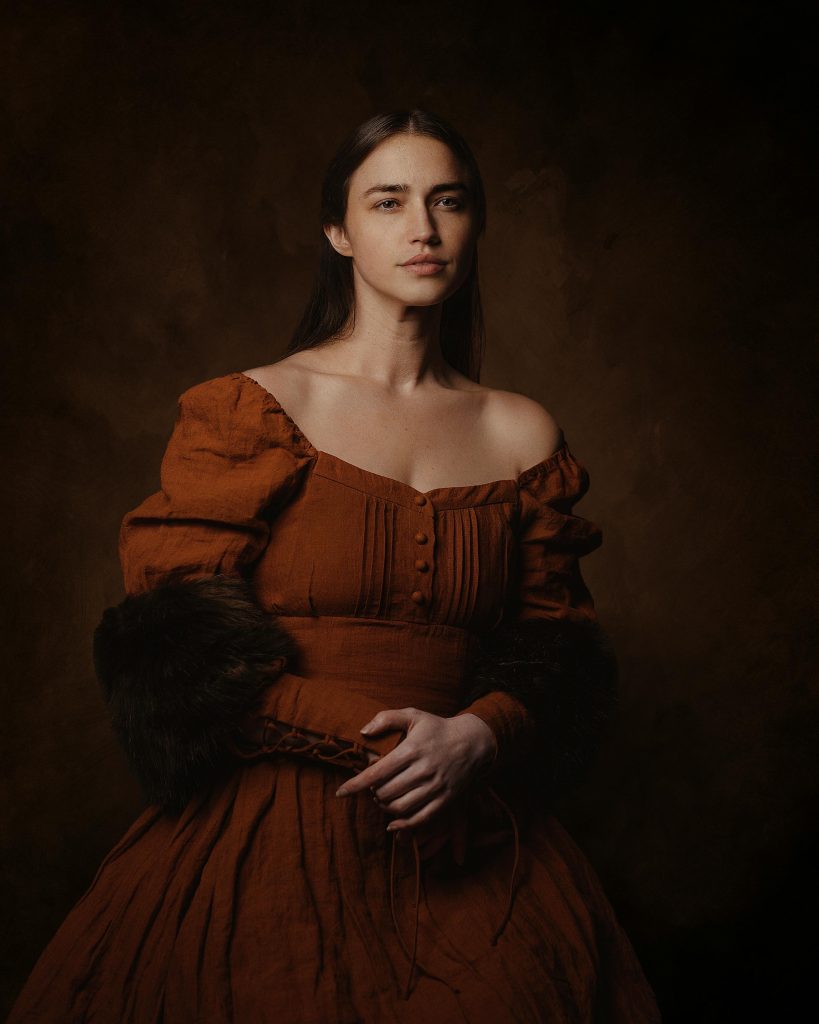
The 1990s saw the rise of minimalism, a stark contrast to the opulence of the 1980s. Simplicity became key, with many women opting for clean lines and neutral colors.
Major Trends
- Slip dresses and casual chic dominated the fashion scene.
- Grunge fashion, popularized by bands like Nirvana, brought plaid shirts, combat boots, and ripped jeans into the mainstream.
- Low–rise jeans and crop tops were also highly popular among younger women.
While minimalism reigned supreme in high fashion, the grunge movement gave rise to a more laid-back, rebellious style.
Conclusion: A Century of Change
the 20th century was a reflection of broader cultural, social, and political shifts. From the elegance of the Edwardian era to the rebellion of the 1990s, each decade offered a distinct style that captured the spirit of its time. The ability of fashion to evolve while continuously reflecting society’s priorities is what makes it such an important cultural marker.
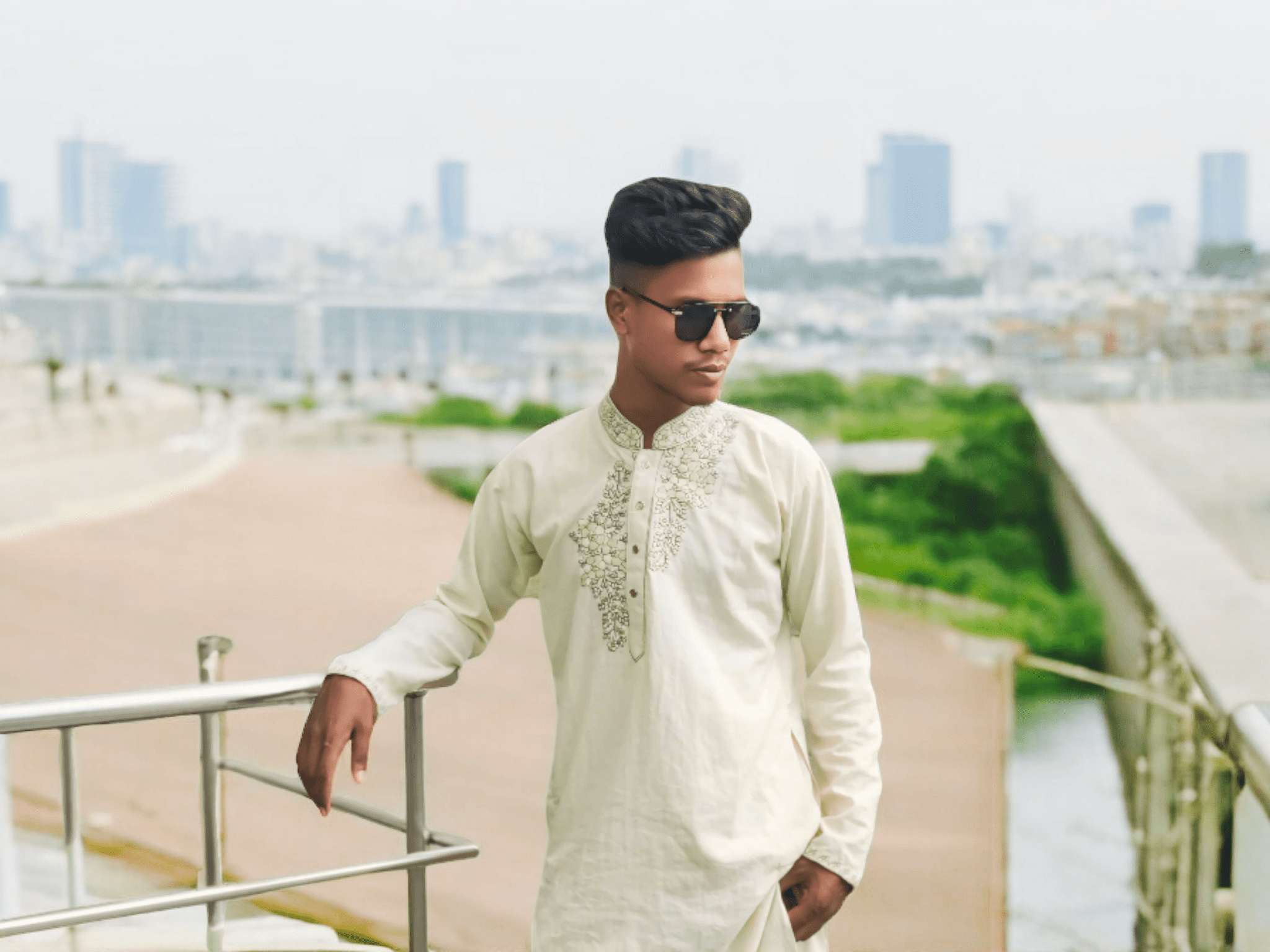
Assalamu Alaikum.. I am Mohammad Sojib I have been working in fashion for a long time I am in US and UK and I write about this topic in many places. I have been working and working on this topic for a long time
And I am a blogger I have been blogging about fashion for a long time in different places.
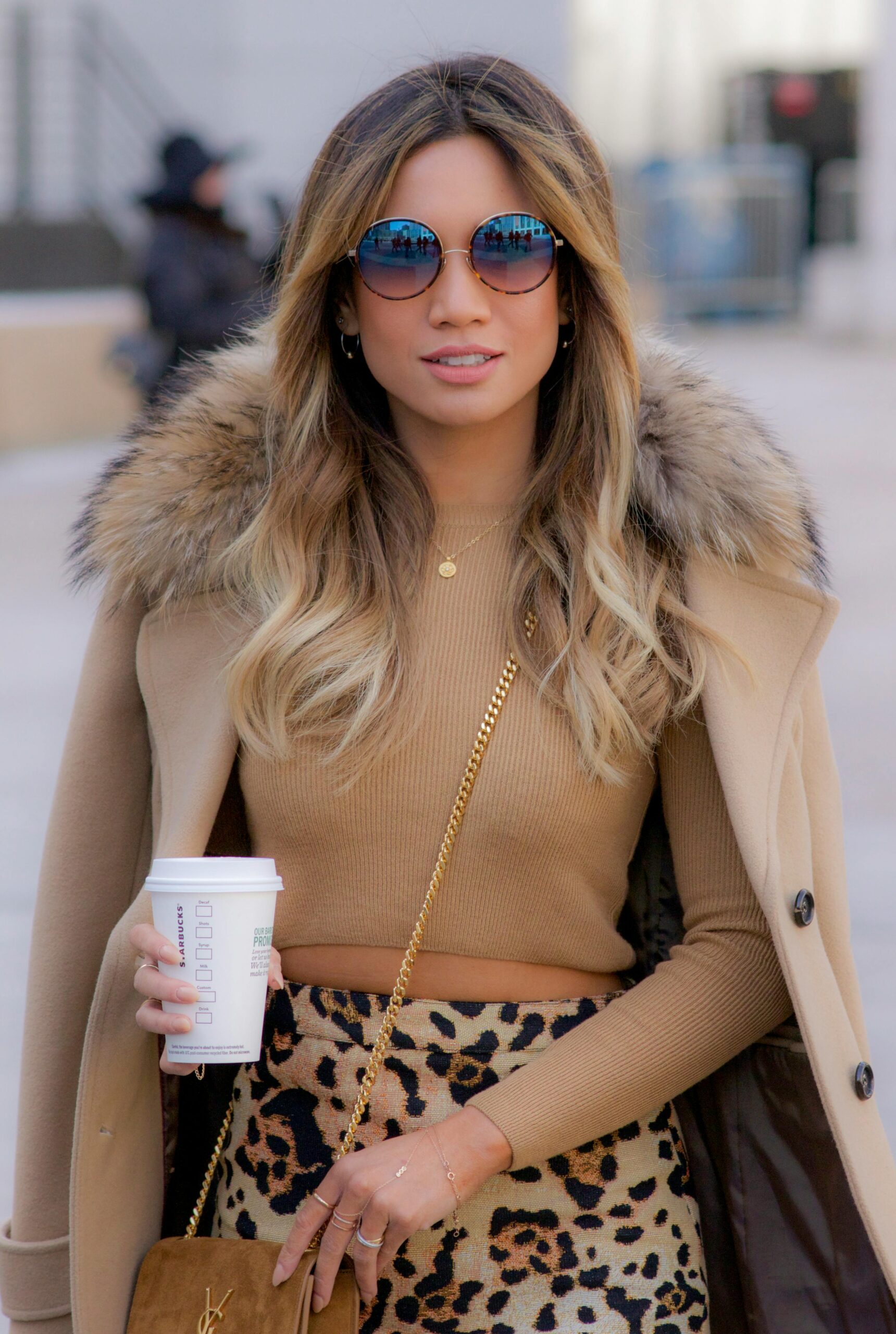
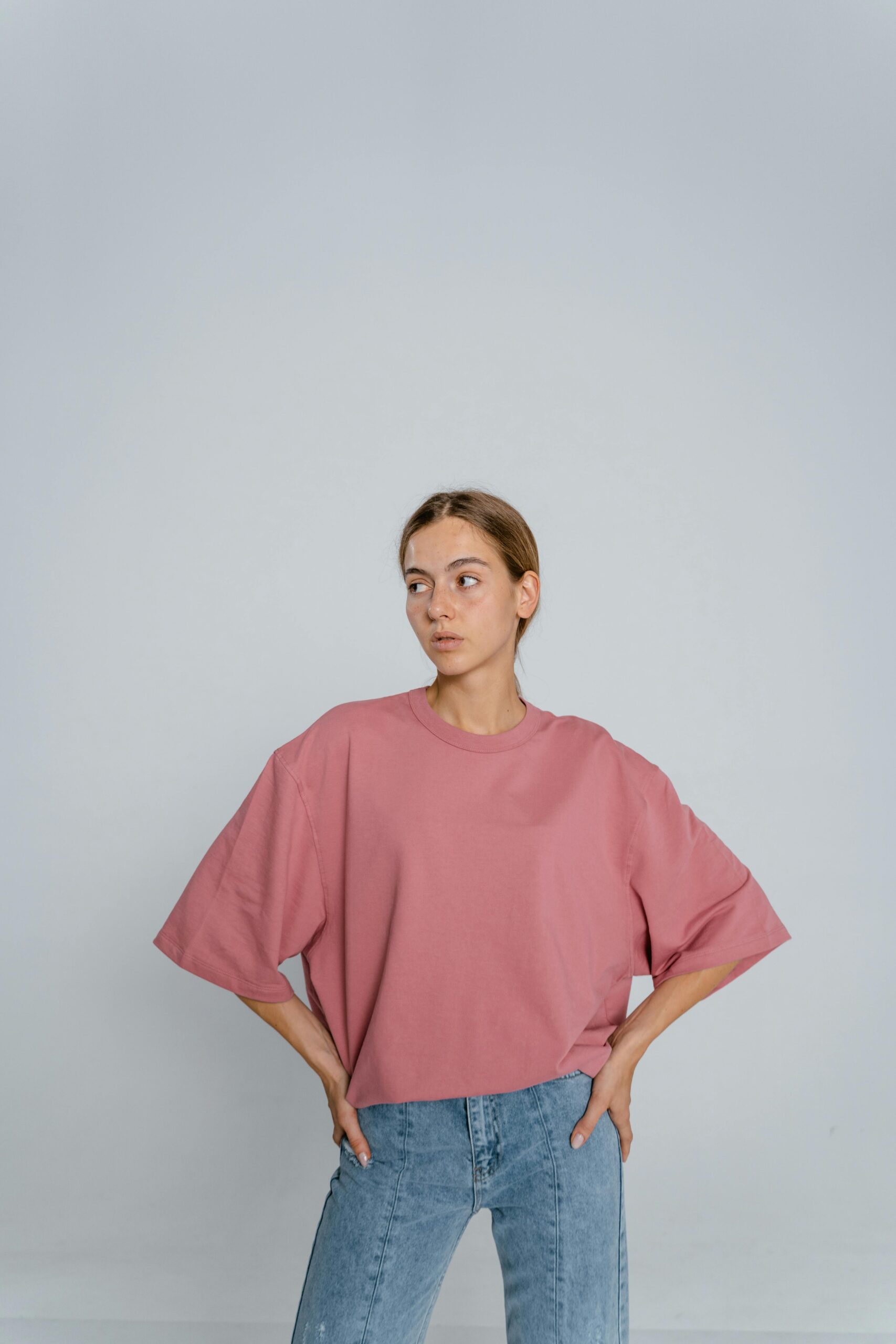
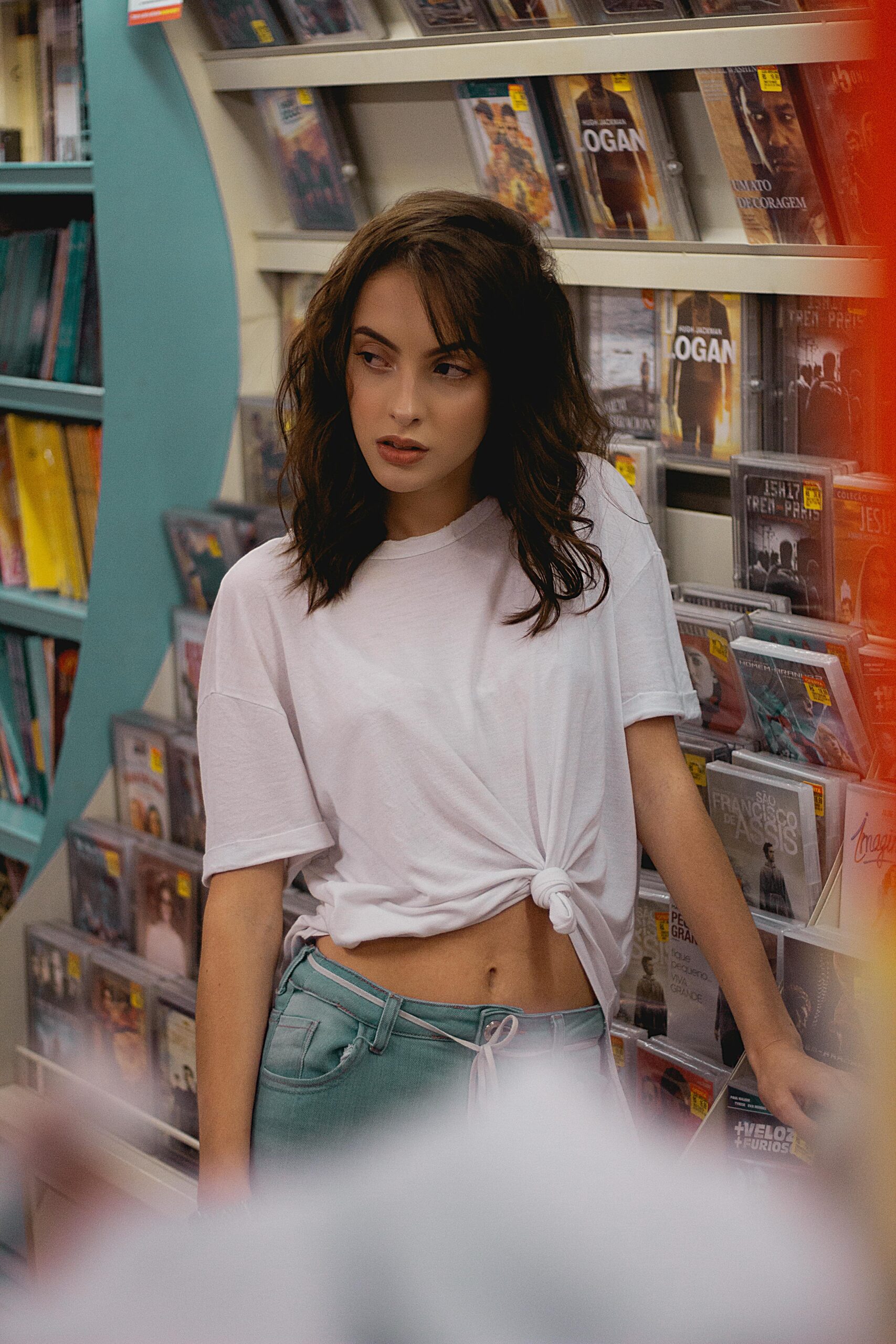





Leave a Reply